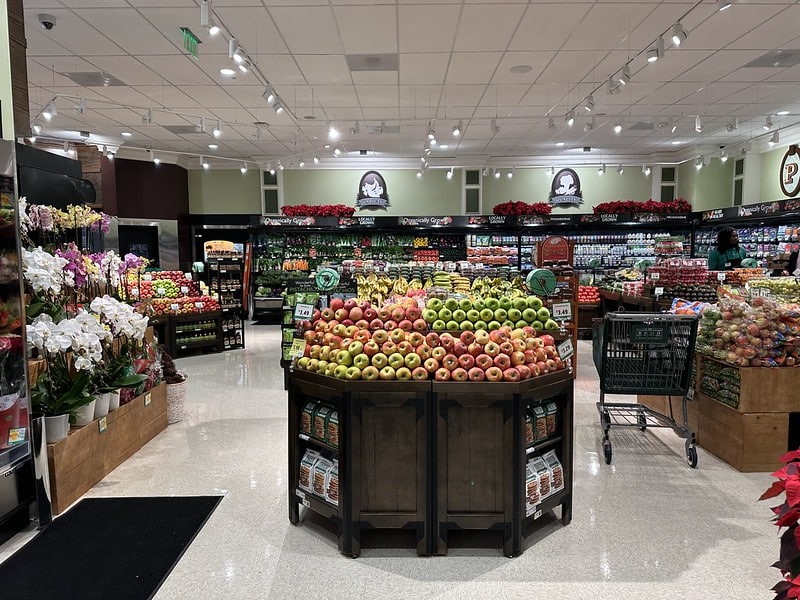Shoppers are increasingly relying on their grocery stores’ weekly circulars, their sales and specials, and the less-expensive store brand products they sell. All the while, though, these same shoppers are silently grumbling that their grocery store is part of the problem.
A new survey shows that a majority of shoppers is employing one or more money-saving strategies at the grocery store – but a majority also believes that their grocery store could be doing a lot more to help them save.
That’s according to results published by The Feedback Group, as part of its latest look at how grocery shoppers are coping with inflation. Since its last survey last summer, The Feedback Group found that “grocery shoppers have increased nearly all inflationary coping strategies.”
52% of shoppers say they are now buying more items on sale, a 9% increase from the percentage who said so last year. 46% are buying more groceries to prepare at home, instead of eating out. And 44% are buying more store brands. Other savings strategies on the rise since last year are planning a grocery list using a store’s weekly circular, comparing prices at multiple stores, and substituting items with similar, but less expensive, alternatives.
Curiously, the only savings strategy to decline in usage from last year is switching to stores with lower prices. 38% said they’ve done so, down 8% from last year, which suggests that shoppers are increasingly satisfied with the stores they frequent now.
Yet grocery stores aren’t getting much credit for helping shoppers to save. Even though they’re relying on their stores’ sales, circulars and private-label brands, only 48% of shoppers agree with the statement that their primary grocery store is “on my side when it comes to inflation.” And when asked how much profit they think their grocery store is taking in, shoppers estimated it was more than ten times as much as it actually is.
This “signals a pressing need for stores to employ thoughtful price strategies and reframe their value proposition in order to maintain trusting relationships with shoppers,” The Feedback Group’s Chief Listening Officer Doug Madenberg said in a statement.
Those who are dissatisfied with their stores might make the argument that the sales lately aren’t good enough, and regular prices are still too high. But despite what they think about whether their grocery stores are more interested in profits than pleasing customers, shoppers do seem satisfied with the store-brand products they buy. 77% said the prices of store brands were less expensive than their name-brand alternatives, and 78% agreed that the quality of store brands compared well to the name brands.
A separate survey by the retail data analytics company 84.51° found similar sentiments when it comes to store brands. Only 8% of shoppers said they prefer national brands and would not consider store brands. 46% are open to store brands, and 47% actually prefer them. And price isn’t even the deciding factor – shoppers who consider or prefer store brands said it’s because the quality is just as good as national brands, and because store brands offer the variety, selection and product size that meets their needs.
In the end, though, for shoppers pinched by high food costs, saving money is paramount. “As consumers continue to display their resilience in the face of inflation, the findings clearly demonstrate that strategic buying behaviors have become pivotal components of their everyday shopping habits,” Feedback Group principal Brian Numainville said in a statement.
With grocery stores setting their prices, deciding what to feature in the weekly ad, and determining what national brand products will have store-brand equivalents, it may seem that retailers hold all the cards in determining how much you have to spend for your groceries. Retailers that are not responsive to their customers’ inflation concerns, The Feedback Group warns, may find more of their shoppers are buying less – or buying somewhere else.
Image source: Phillip Pessar
















